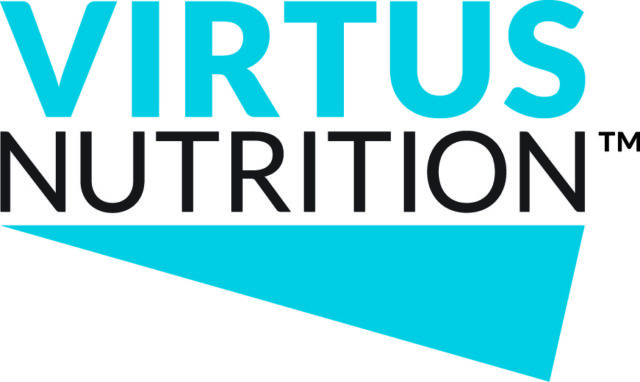Determining the true cost of a mastitis cure requires more than just comparing the price per box of mastitis tubes. Consider these five factors when weighing treatment options:
1. Treatment efficacy: When looking at treatment efficacy, how can you tell if the product really works? Is it clearing up the infection and eliminating mastitis-causing pathogens on the dairy? If not, you will see higher rates of relapse and higher somatic cell counts.
2. Cost of treatment per day: The price per box of mastitis tubes can be misleading. Look at the number of treatments per box and the frequency of treatment (every 12 hours versus every 24 hours).
3. Cost of milk discard: Read the product label for milk discard. Shorter milk withdrawal periods are often more economical because producers can resume putting milk back in the bulk tank sooner.
4. Potential for residue risk: Managing products with high-residue risk profiles can compromise operational efficiency. It also can increase the potential for shipping contaminated milk. Choose efficacious products with low-residue risk profiles.
5. Relapse rate and somatic cell count: An incomplete cure can lead to relapses and chronically infected cows. Monitor treatment success to make sure you’re seeing high bacteriological cure rates, lower relapse rates and lower somatic cell counts. It’s the only way to know whether the treatment is working.
There is no one-size-fits-all approach to mastitis treatment. Explore options for flexible mastitis treatment that not only knock out physical mastitis symptoms but also eliminate mastitis-causing bacteria to achieve a bacteriological cure. When you achieve a bacteriological cure the first time, you limit the need for retreatment and using additional antibiotics. This is important for the health of your cows, as well as critical for your dairy’s bottom line. ![]()
Learn more at the Dairy Wellness website.
—From Zoetis news release

-
Gary Neubauer
- Senior Manager of Dairy Technical Services
- Zoetis
PHOTO: Staff photo.




